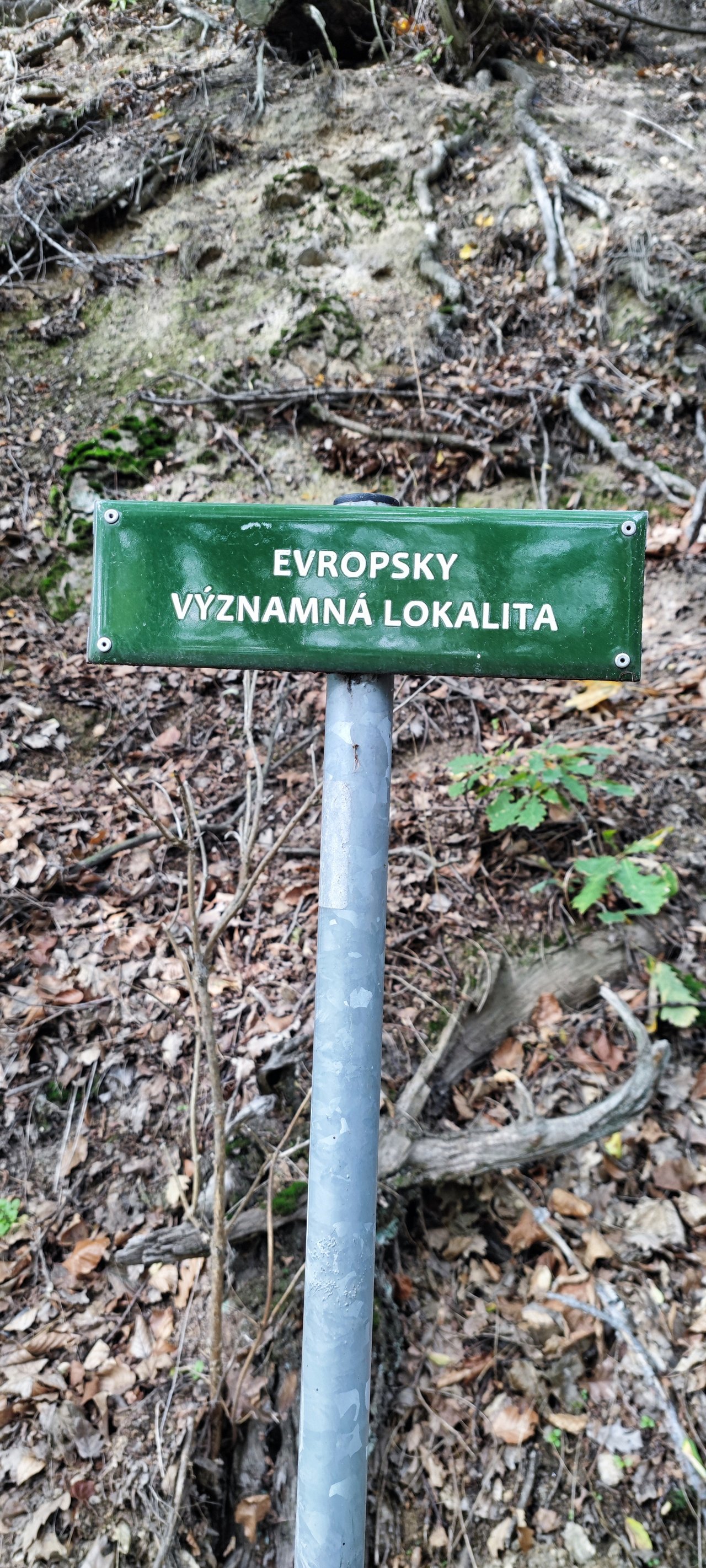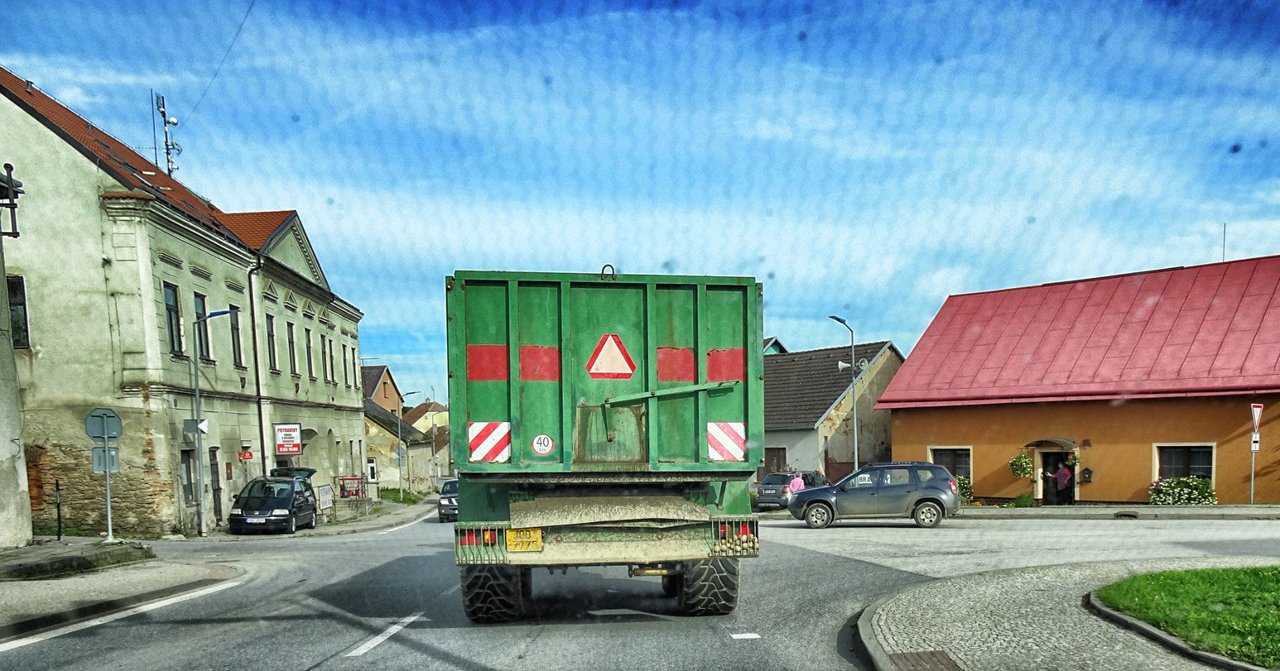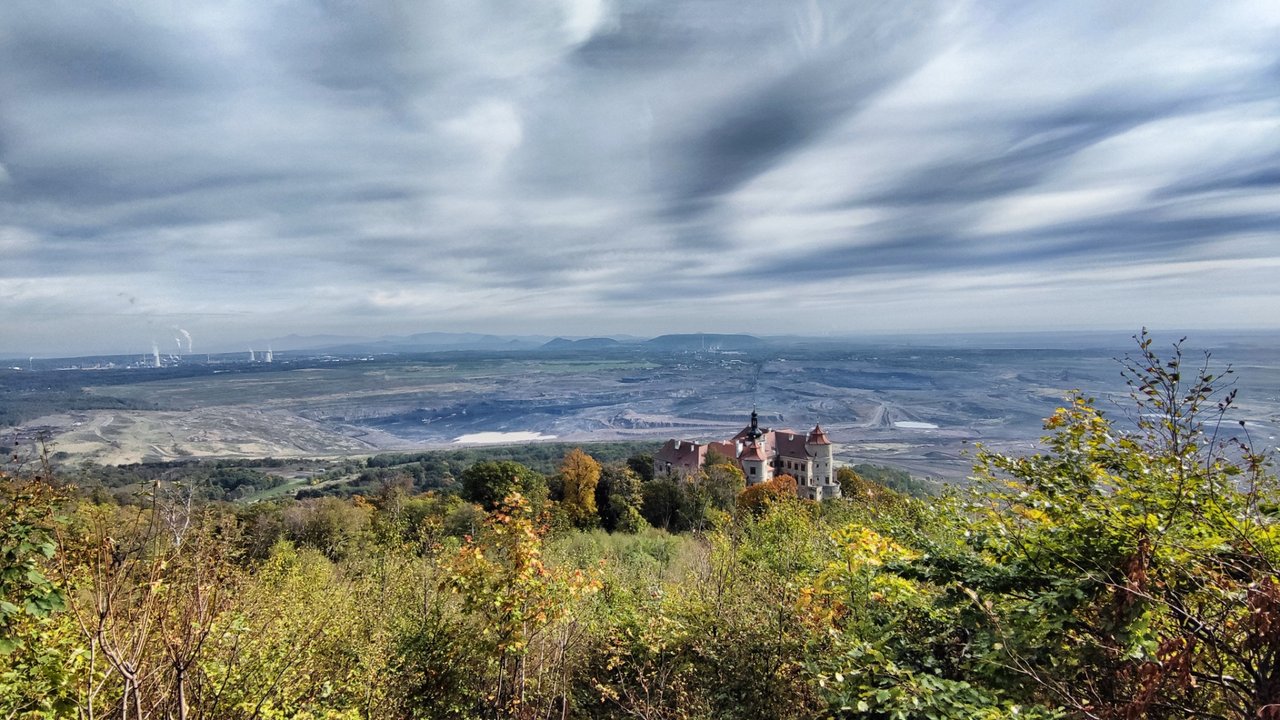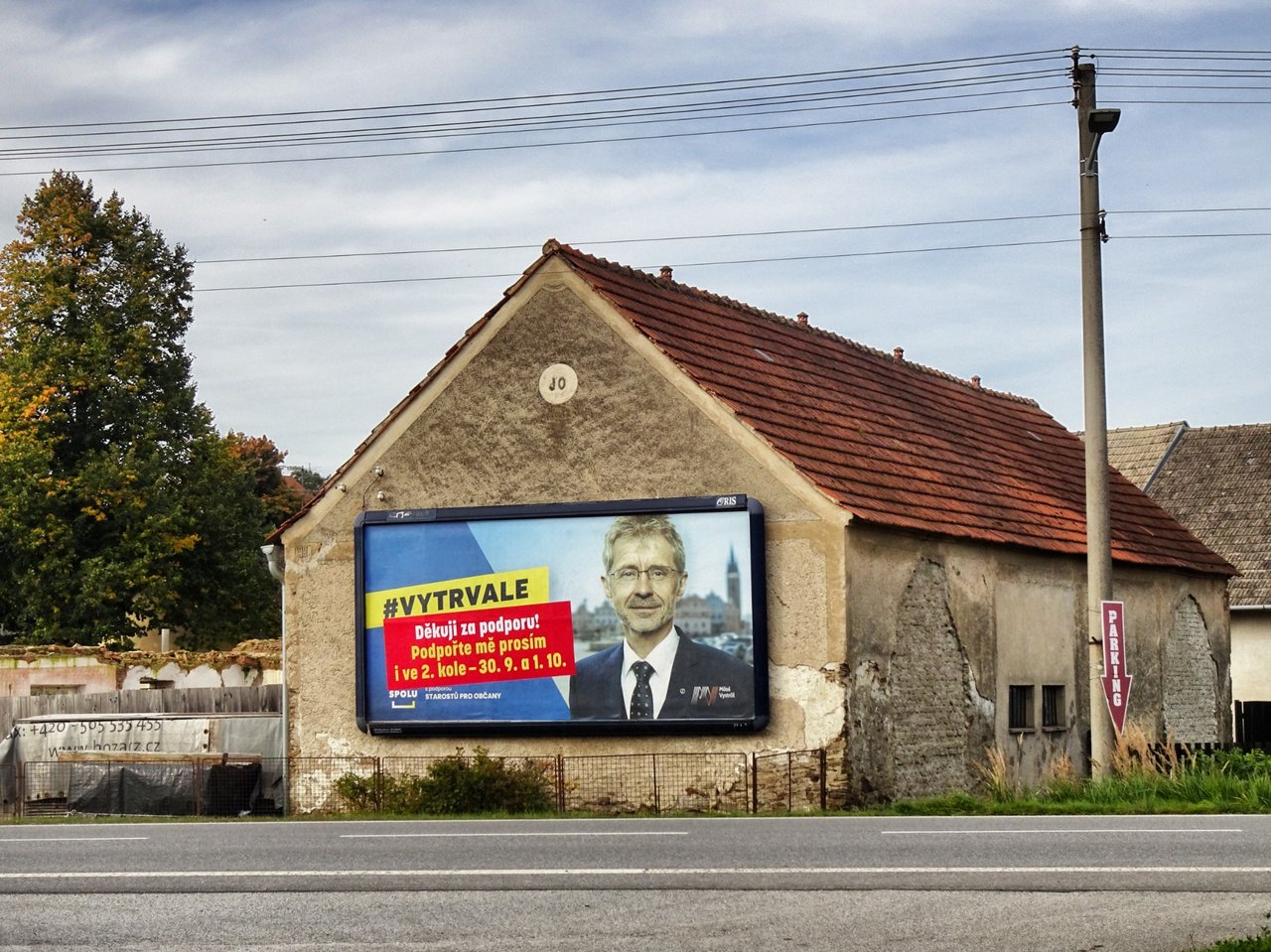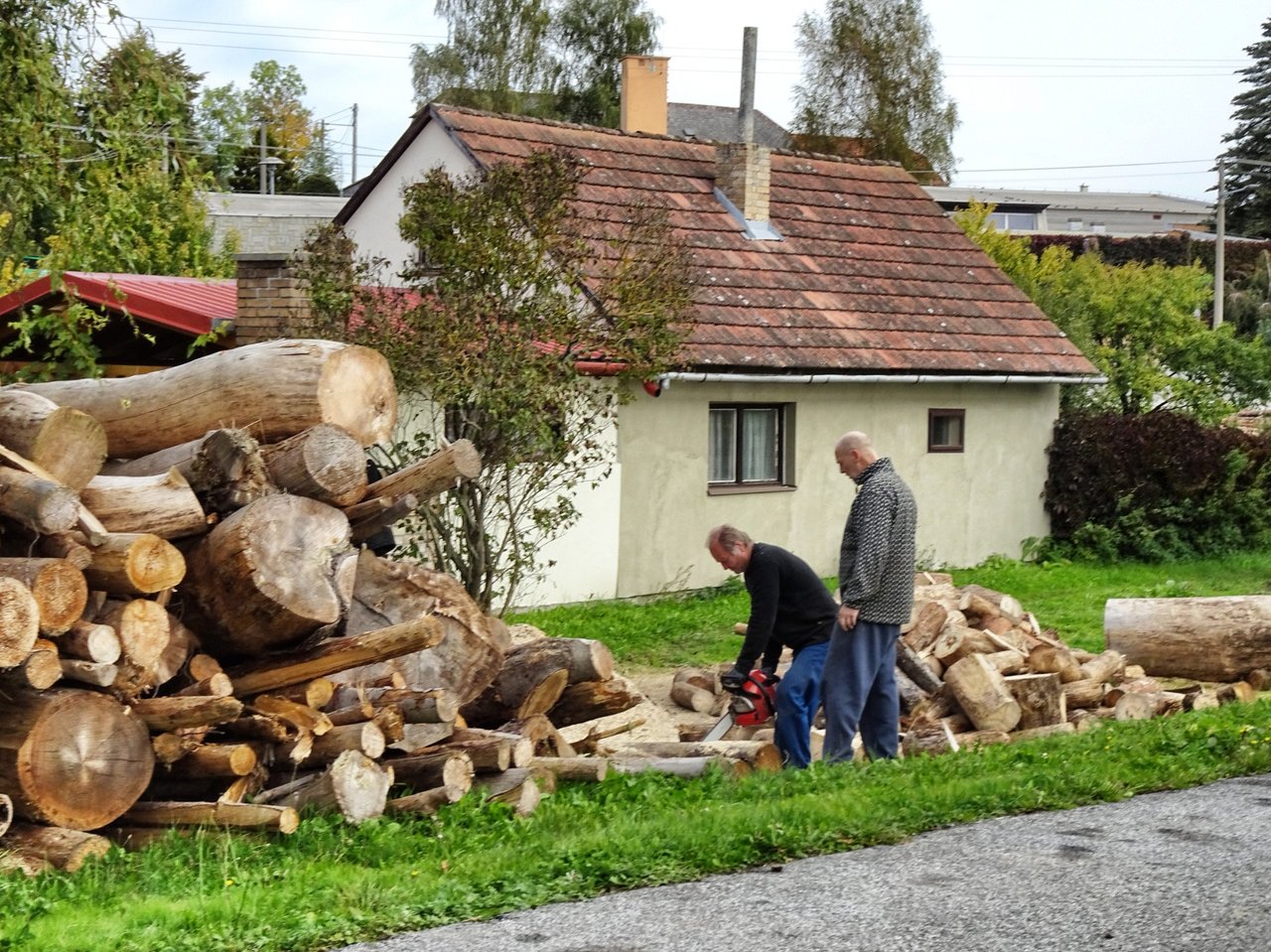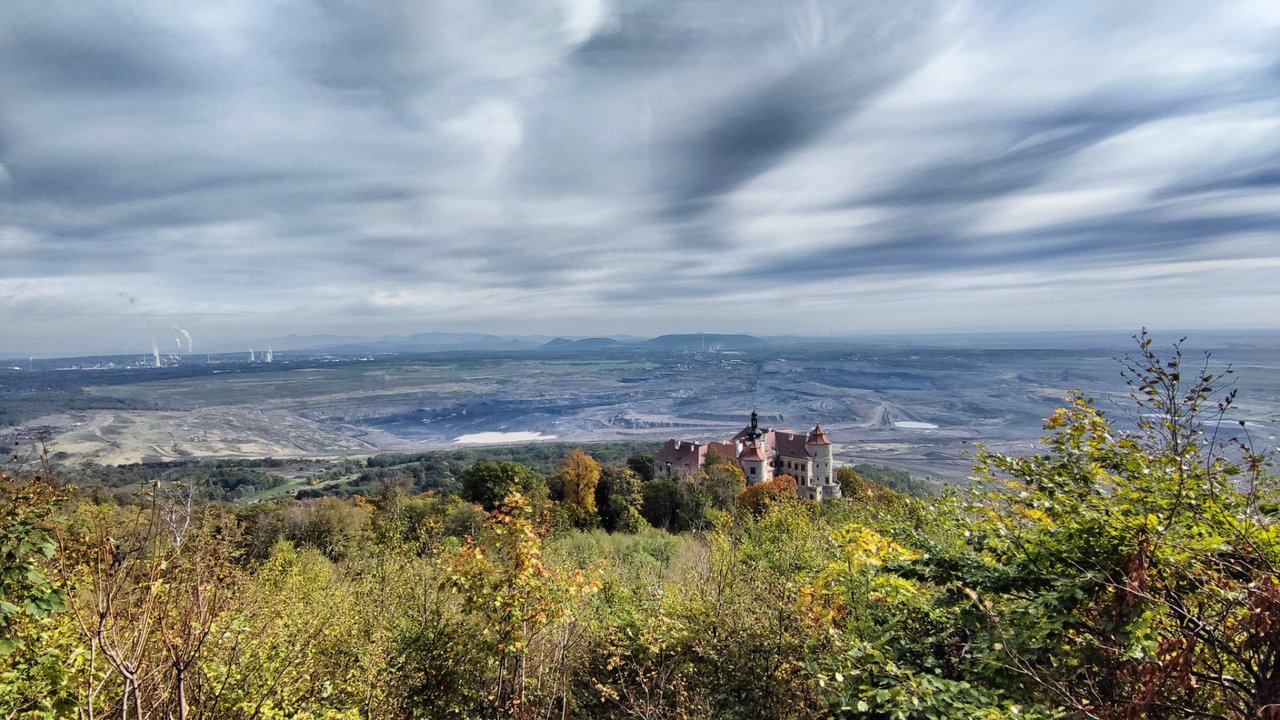After weeks in Poland we're entering now new territory: The border region between Germany, Poland and the Czech Republic is a widely unknown region for tourists, but worth some expeditions. 185 kilometers away from the giant "Projekt Riese", the last Nazi-fortress, we found a nature a strange lost place beauty: The Palace of Jezeri.
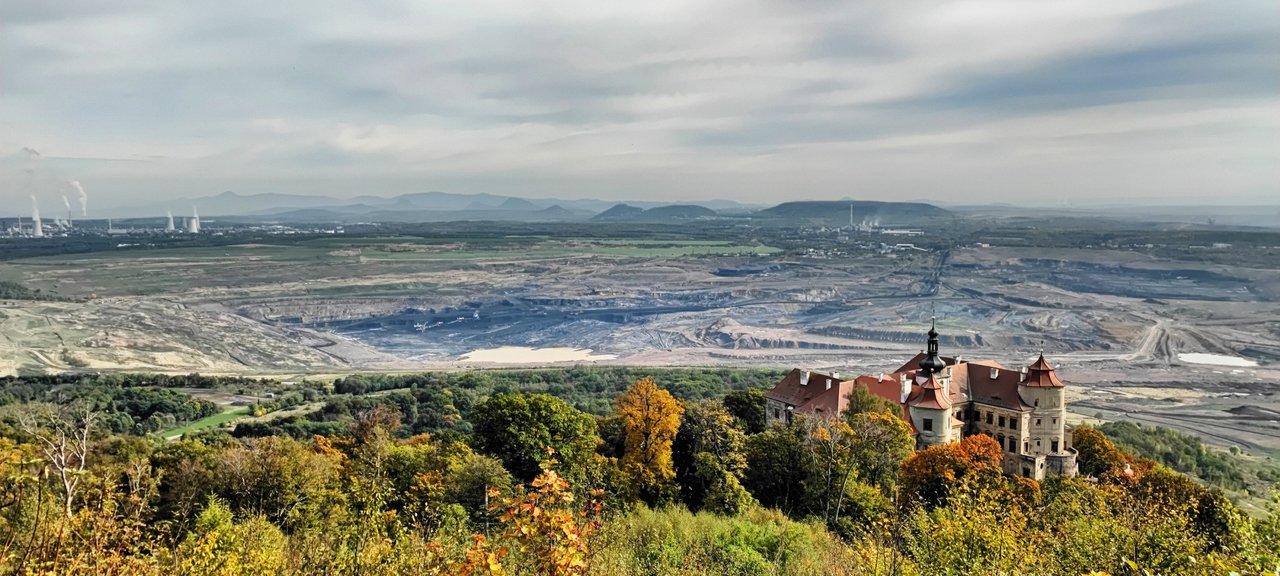 The view into hell
The view into hell
There are many strange places in the world, but this one is one of the strangest. Today we are 200 kilometers west of Braunau, 100 kilometers north of Prague, right on the German border, but still on the Czech side of the border. Here is little and even more nothing, the biggest sight during the season is the rennzirkus in Most, an autodrome, where in summer motorcycle races and truck duels take place. Hardly anyone comes further towards the border, because all roads from here go around a gigantic hole in the ground.
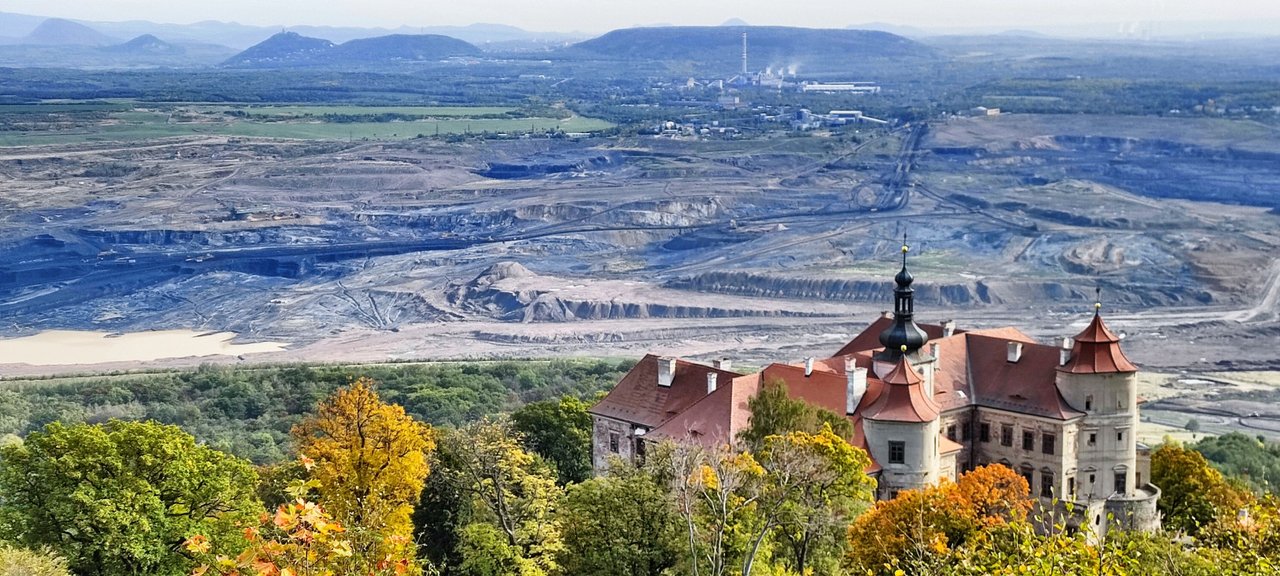 All this landscape is a coal mine
All this landscape is a coal mine
The Povrchový mine, where the Czech company ČSA dredges lignite, is a breathtaking ten kilometers long and five wide, despite the climate crisis and the fact that the Ore Mountains, one of the most beautiful mountains in Central Europe, are right next door. Several power plants in Most - bridge in English - are waiting for supplies; the whole of the Czech Republic is dependent on the electricity that comes from the earth.
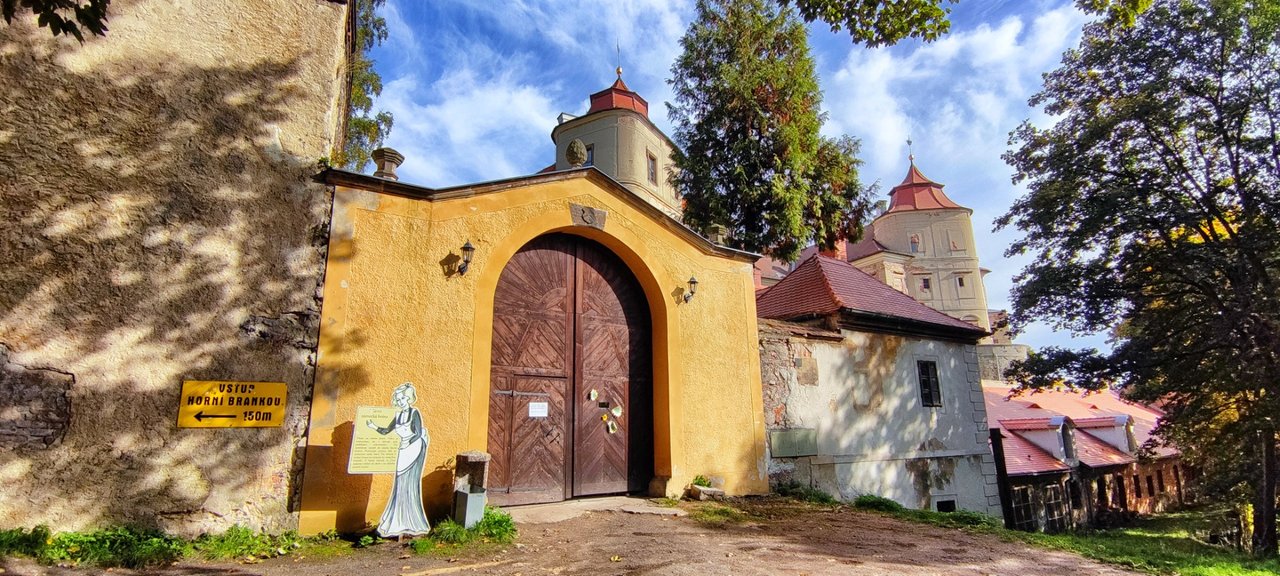 The door to the palace
The door to the palace
The nice Jezeri castle
If you drive along the European Road 442 in the direction of the mountains and then turn off onto a small side road, you will discover a picturesque castle here in the midst of the battered landscape, above the mountain. In Czechia, Jezeří Castle (in German: Schloss Eisenberg) was once the jewel of the Aussig region, a pearl on the southern slope of the Ore Mountains.
 On the hill
On the hill
It towered over the eponymous village of Eisenberg, which is no longer visible today. Open-cast mining has eaten it up, without stump and stem, as the Germans say. Halfway up the mountain there is a narrow road, then you have to walk along a hiking trail.
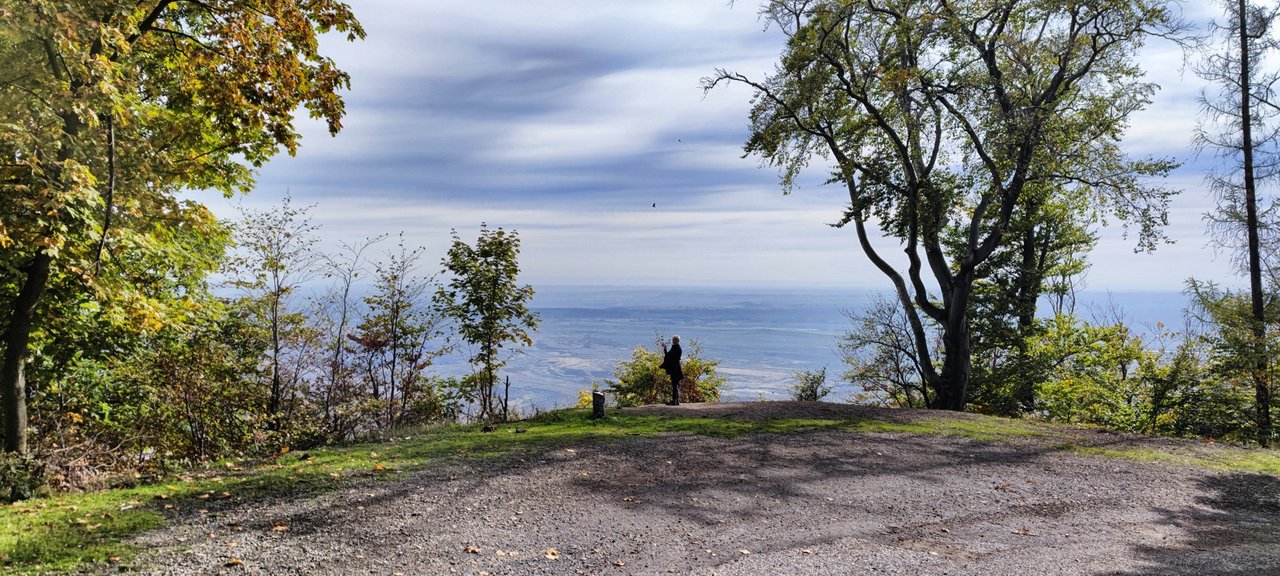 What a nice place it is
What a nice place it is
From here, you can see perhaps the most impressive picture of any open pit mine in the world: In the foreground on the hillside is the castle. Half a kilometer behind it, the huge opencast lignite mine has eaten into the mountain. It's like Stephen King, who once wrote a book in which stranded airplane passengers wait breathlessly for an unknown eating machine to approach their part-time asylum, its grinding and chewing already muffled in the distance.
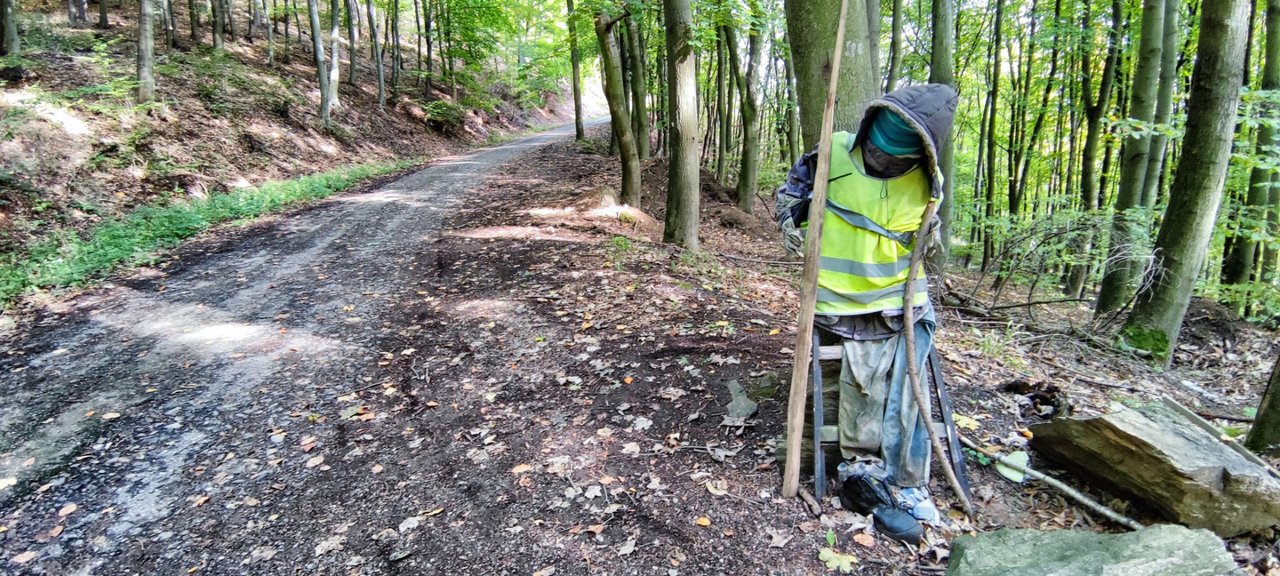 The have a guard at the entrance
The have a guard at the entrance
From the castle, you can hear the excavators crunching and rumbling, getting closer and closer. If everything had gone as planned, they would have brought down the listed building on the hill long ago. The original Gothic castle, built between 1363 and 1365 by the Lords of Ferbenz from Seestadt, would not even be there today.
A piece of history
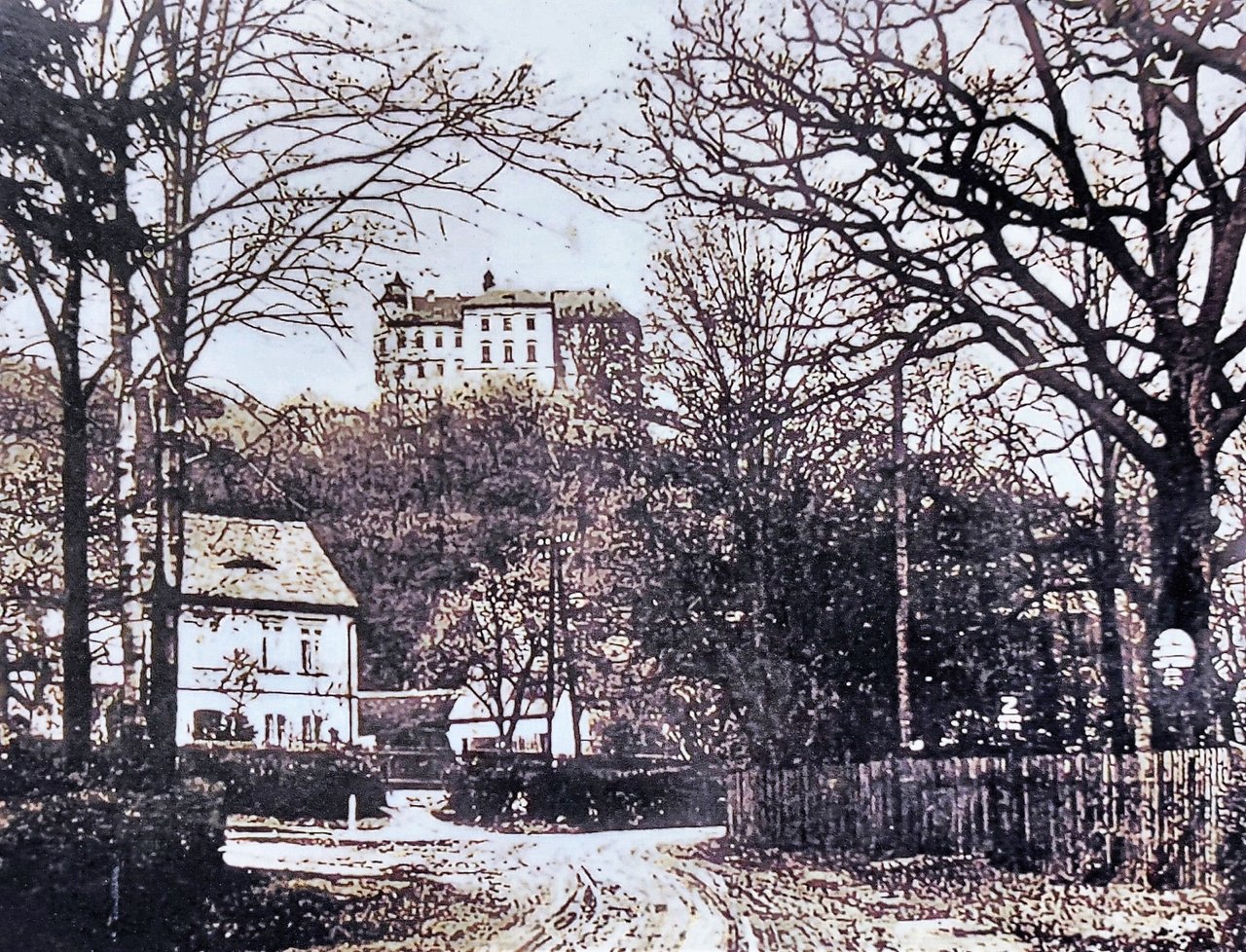 This is how the palace looks in history
This is how the palace looks in history
An imposing piece of history would be missing, which changed its owners as often as its purpose. After the builders came Saxon princes, then the Bohemian King George of Podiebrad conquered it, Nikolaus Hochhauser von Hochhaus had the old castle rebuilt into a Renaissance chateau, he was dispossessed because of his participation in an uprising. His successor Wilhelm von Lobkowitz did not like the castle, he had a baroque castle made out of it, which was burned down by the Swedes a little later.
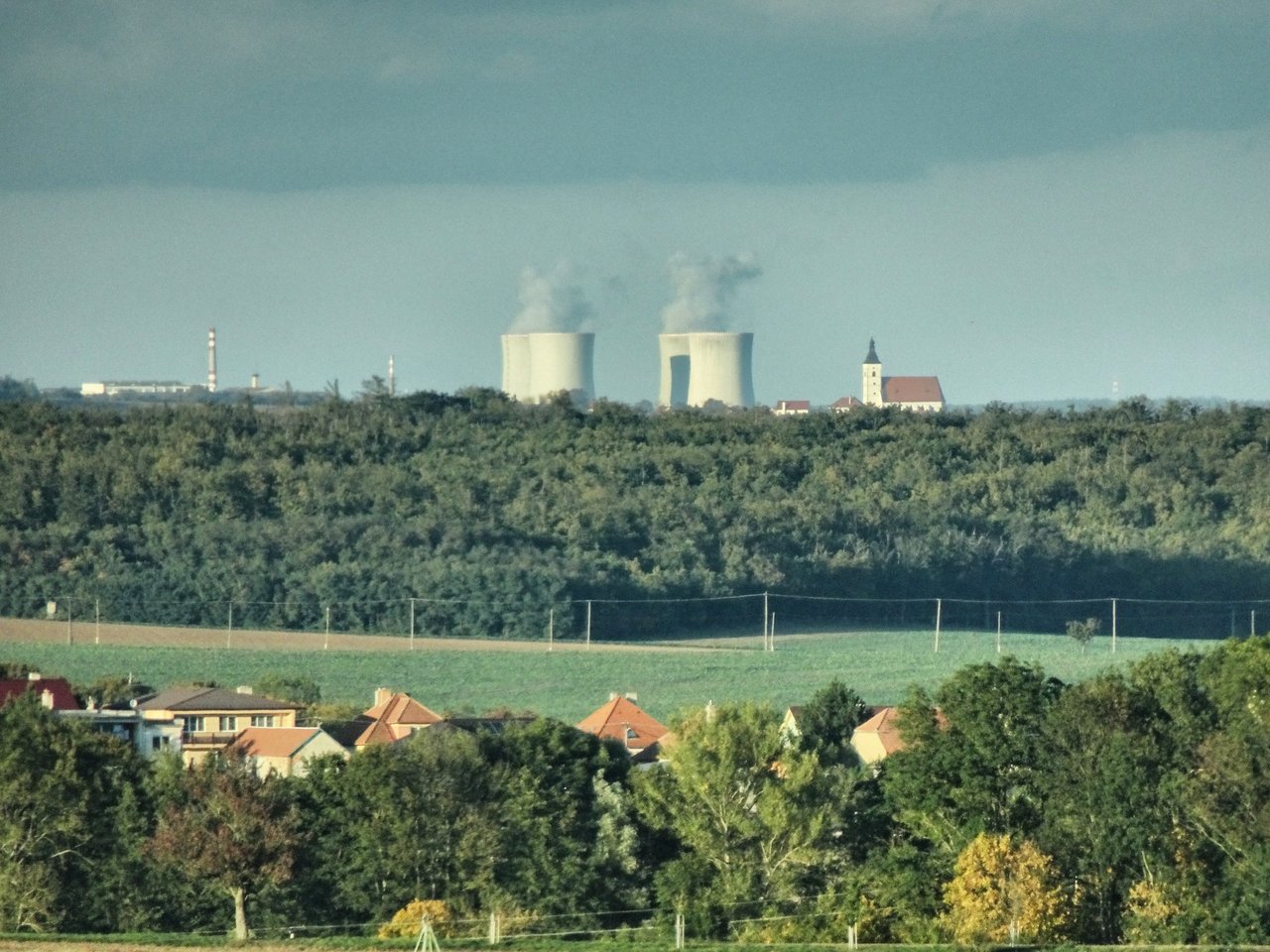 All the area is full of power stations, everyone is eating coal
All the area is full of power stations, everyone is eating coal
The ground plan of the castle as it is today is a double cross with four wings in H-shape and two courtyards opening to the landscape. The building was created on the basis of plans by the Bohemian Baroque master builder Giovanni Battista Alliprandi (1665-1720). The whole has three towers, the middle, highest tower is located above the entrance portal. The interior of the castle was once furnished with princely splendor, it had a gilded cabinet, an audience hall, a hall of mirrors and a large banquet hall, a collection of antlers, the prince's room, a library and a theater.
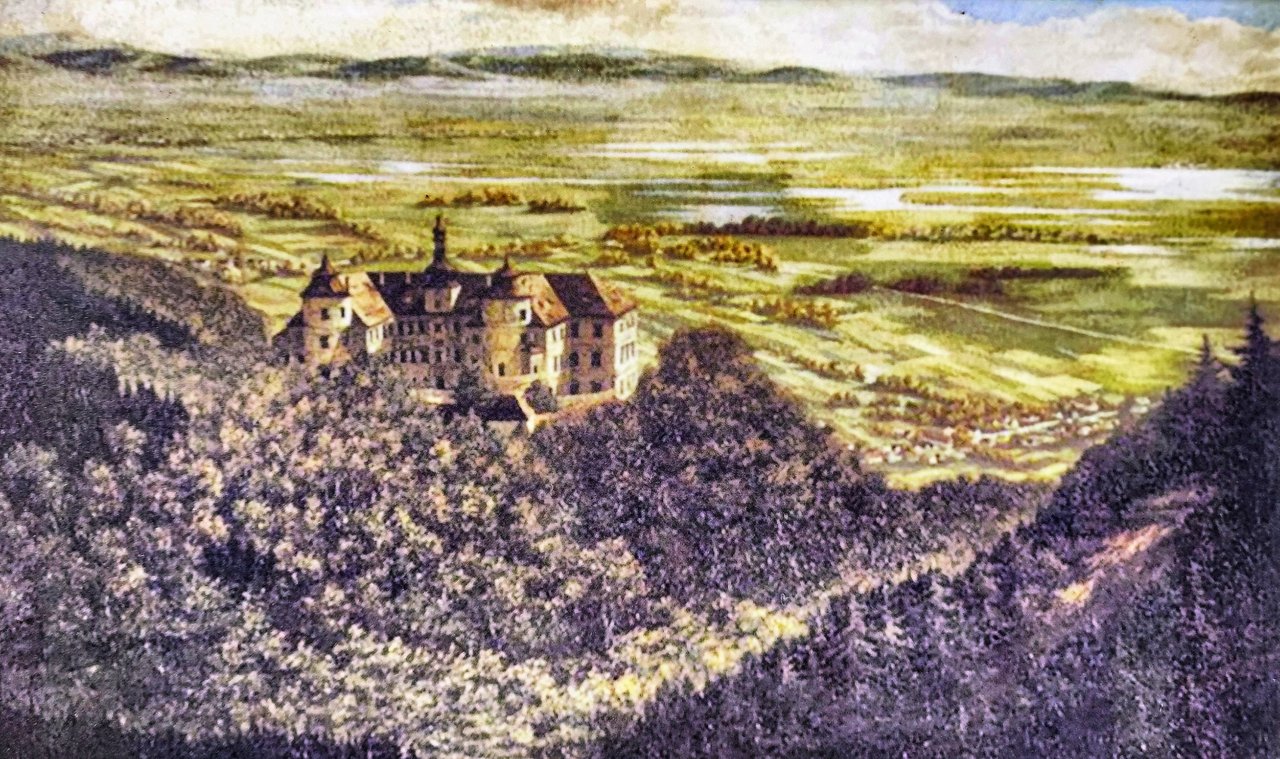 Looking down into times with no coal mines
Looking down into times with no coal mines
Beethoven was here
But like the palace park, which was once a 50-hectare English landscape garden, time has ground away much of it. Today, only the lower part of the park still exists, the so-called "Eisenberg Arboretum" with ancient oaks, lime trees, beeches and other valuable trees. It is under monument protection. Above the castle, the area turns into a natural forest.
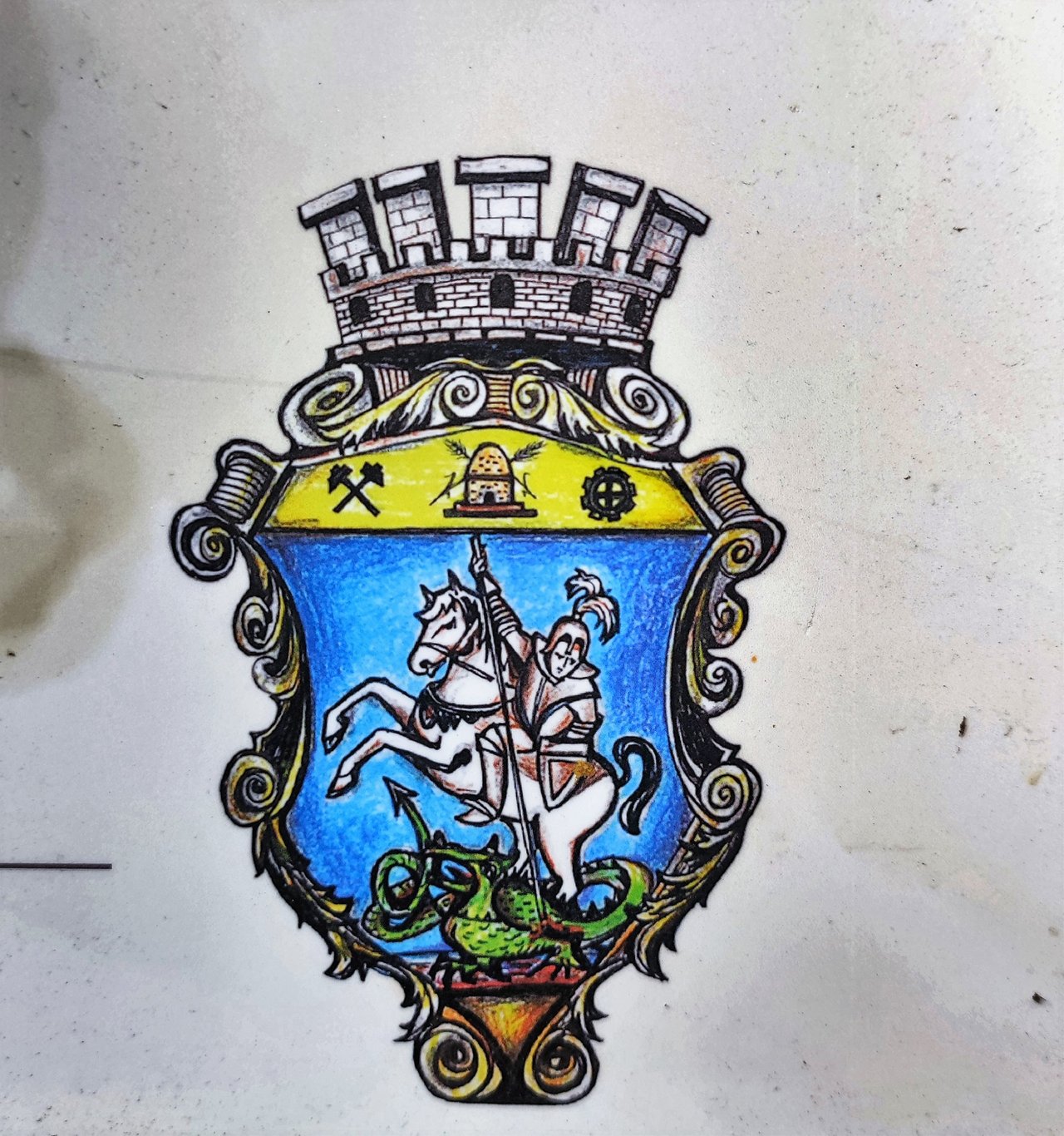 The sign of the dukes
The sign of the dukes
Because of the numerous cultural and social events, many guests and prominent personalities visited the castle. Johann Wolfgang von Goethe (1810 and 1812), we met in Adersbach Rock Town, and his duke Karl August von Sachsen-Eisenach, Ludwig van Beethoven and the composer Christoph Willibald Gluck gave each other the klionke here. At that time, they still enjoyed the view of a wide landscape all in green, for example, when .
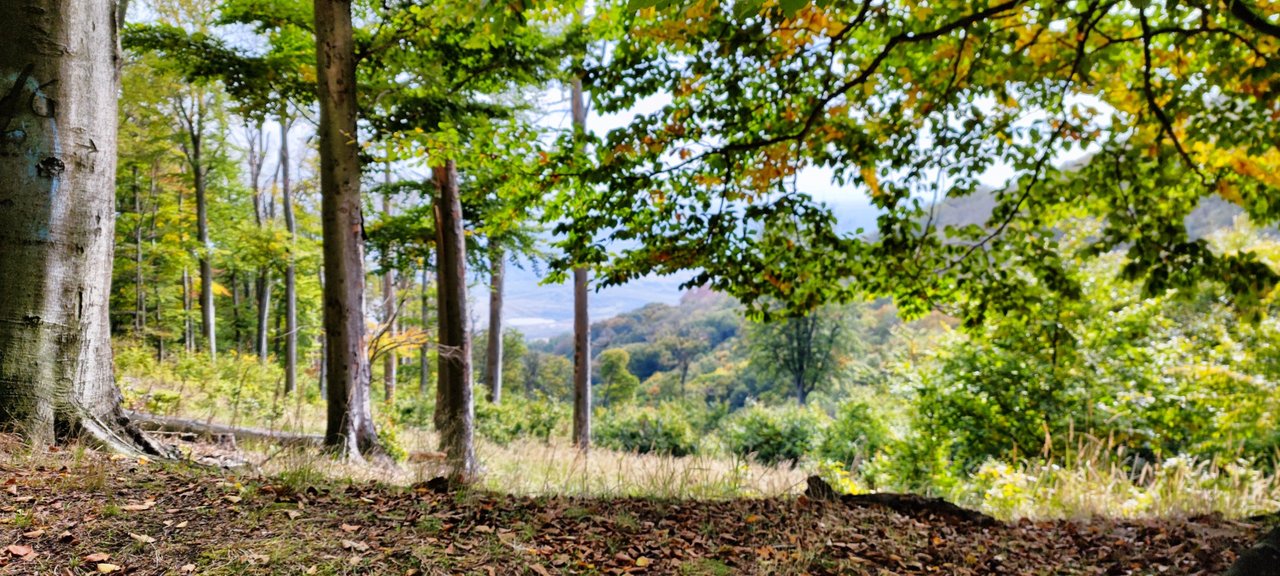 It's like in a fairy tale forest
It's like in a fairy tale forest
Ludwig van Beethoven's 3rd Symphony "Eroica" was performed here in the castle theater or Joseph Haydn's oratorio "The Creation" was heard.
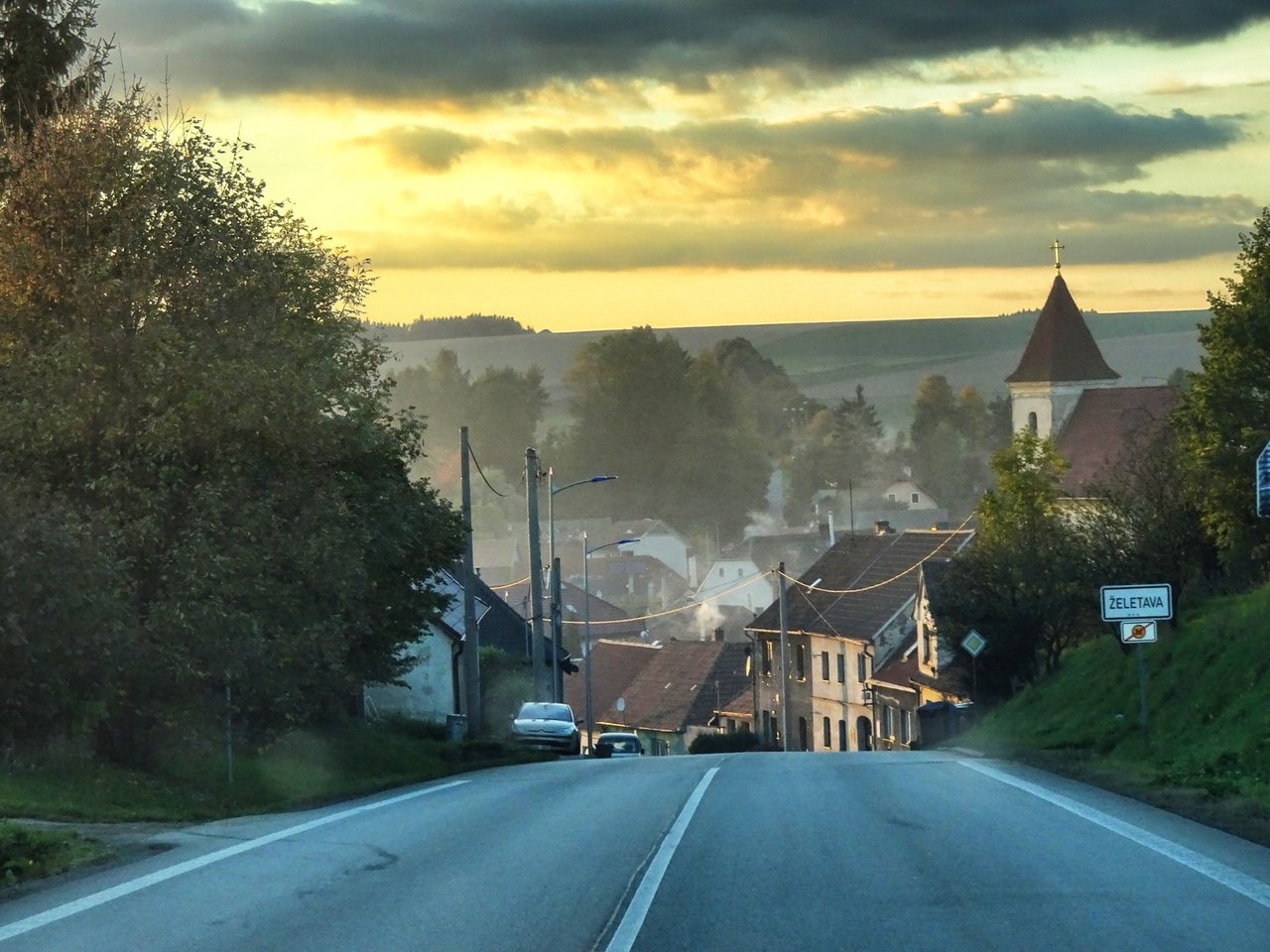 You can see the burned coal in the air
You can see the burned coal in the air
Those were the good times, the bad ones began with the Nazi invasion. During the Second World War the castle was under the Nazi administration because the last owner Max Prince of Lobkowitz was the ambassador of the Czech government in London. High-ranking officers of the Allied armies were imprisoned in the castle during those years. During the socialist years the castle was expropriated and the Czech army moved in. Large parts of the interior were destroyed, historical furniture was looted. It was not until 1958 that the remains were placed under monument protection.
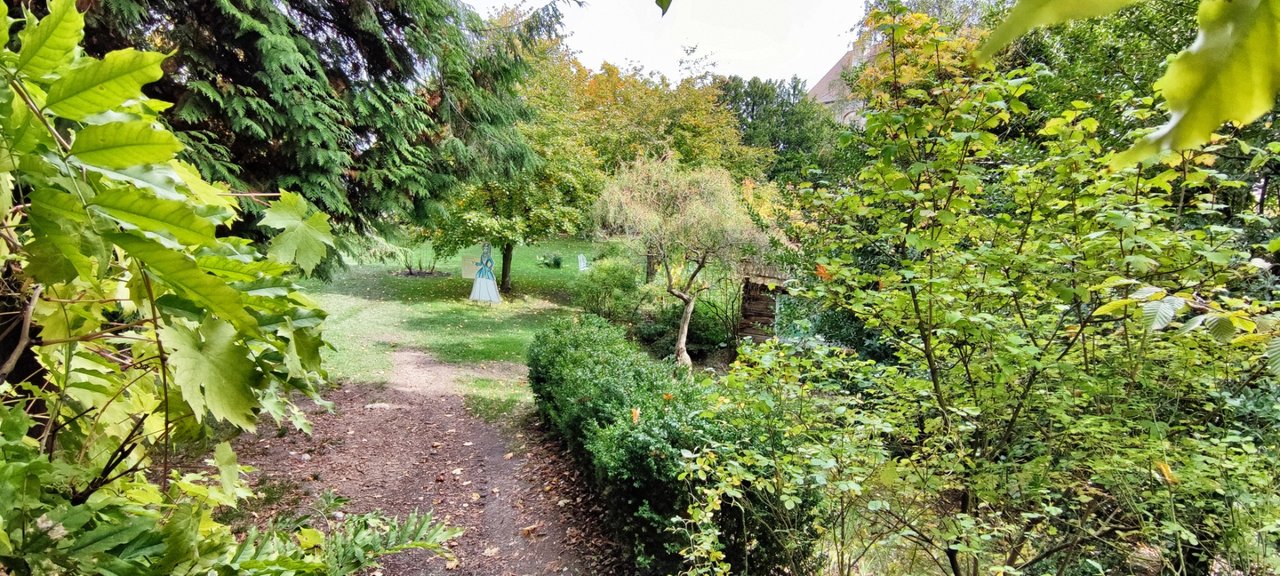 The garden of the palace
The garden of the palace
The builing was rescued
This alone saved the building. According to the plans, the building should have slid off the mountain as early as 1987, because lignite mining would have come so close to the mountain at that time that the rock would have had to fall to the bottomless pit. But the citizens resisted.
 Every visitor want's to be the duke
Every visitor want's to be the duke
They wanted to keep their castle - and so CSA had to give in. The boundary to which the open pit mine is allowed to approach was redrawn further away from the Gberg. Now the state also invested in preservation again: Extensive reconstruction was carried out between 1988 and 1991, the roof was covered, already slipping retaining walls were rebuilt. The nice palace was rescued. You can visit the great place in the summertime.
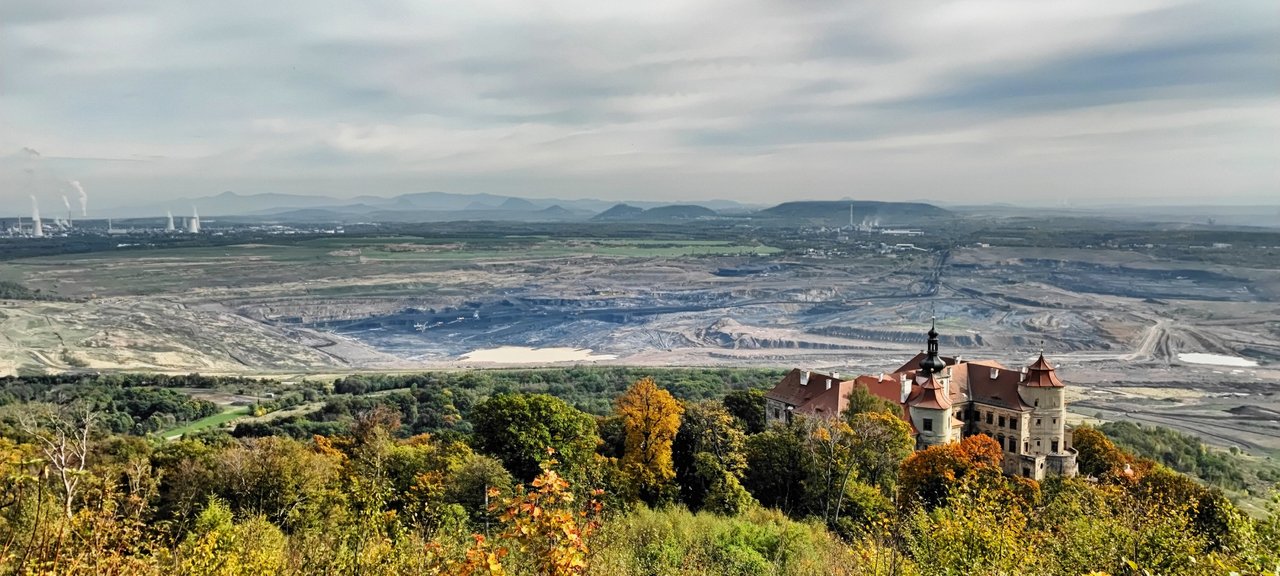 Areal view around the waste lands
Areal view around the waste lands
Thank you for reading and if you like my work please follow me on Hive, Travelfeed or Steem or visit my homepage koenau.de
A few more pictures:
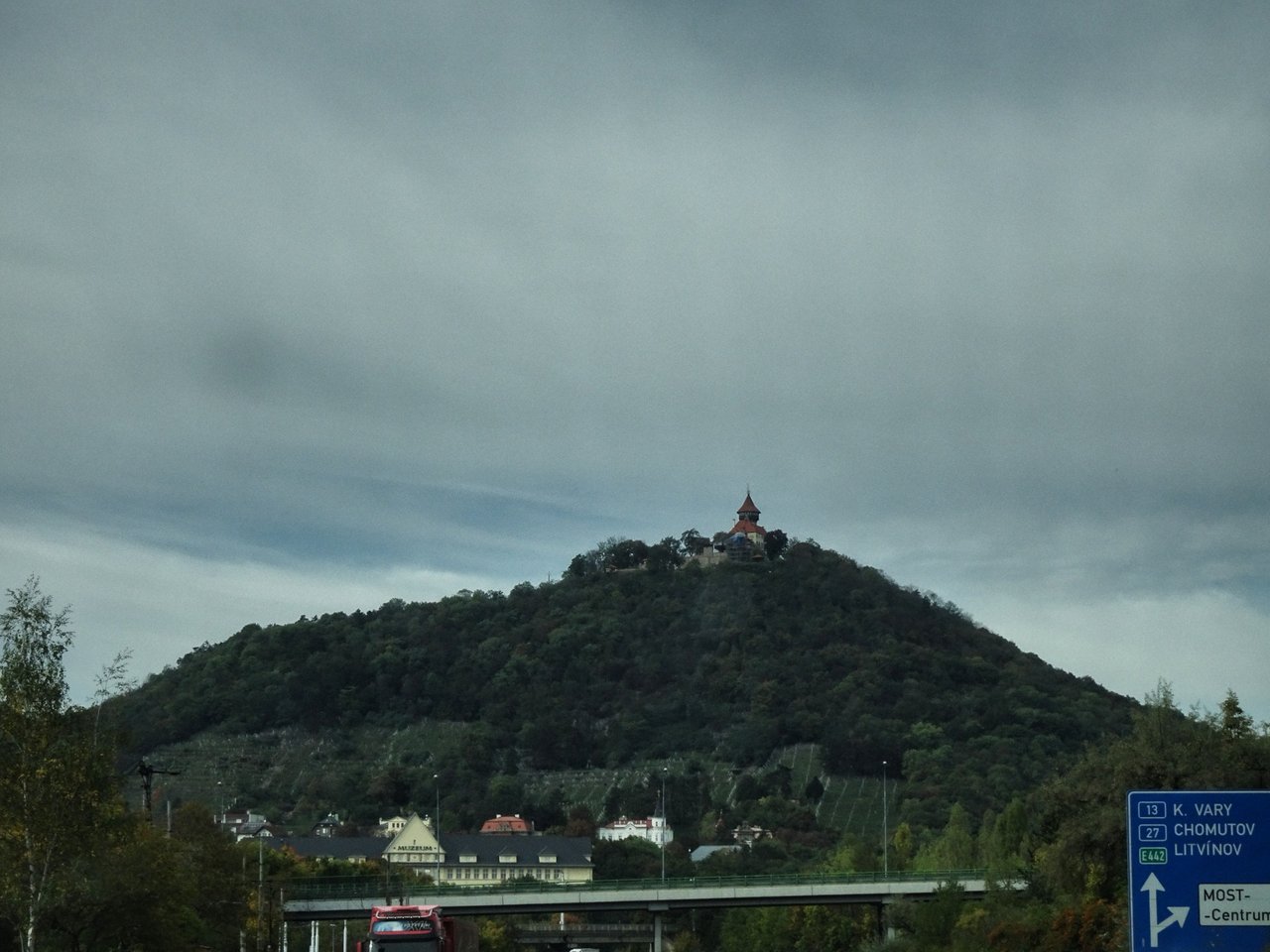 The hill
The hill
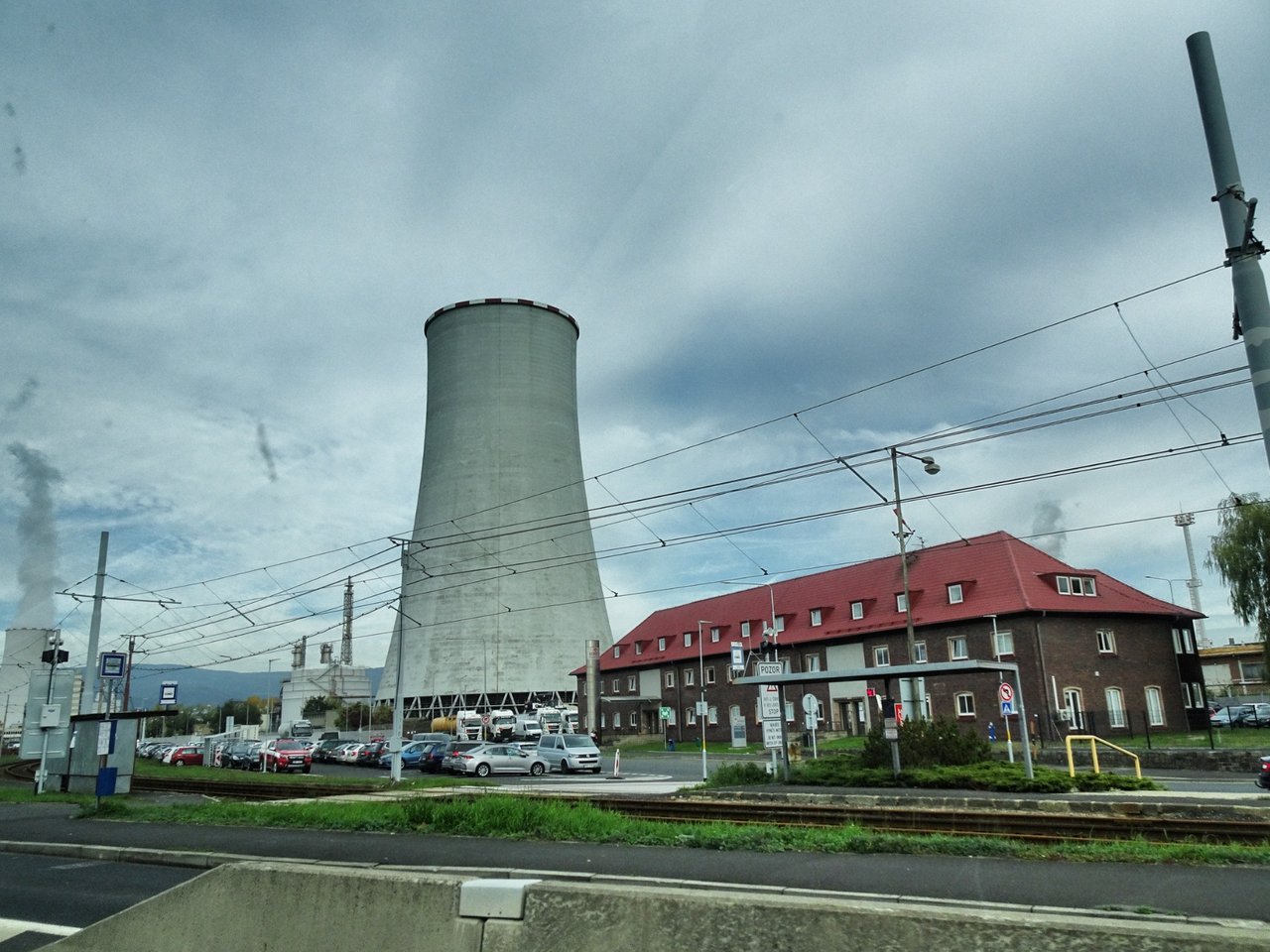 A power station
A power station
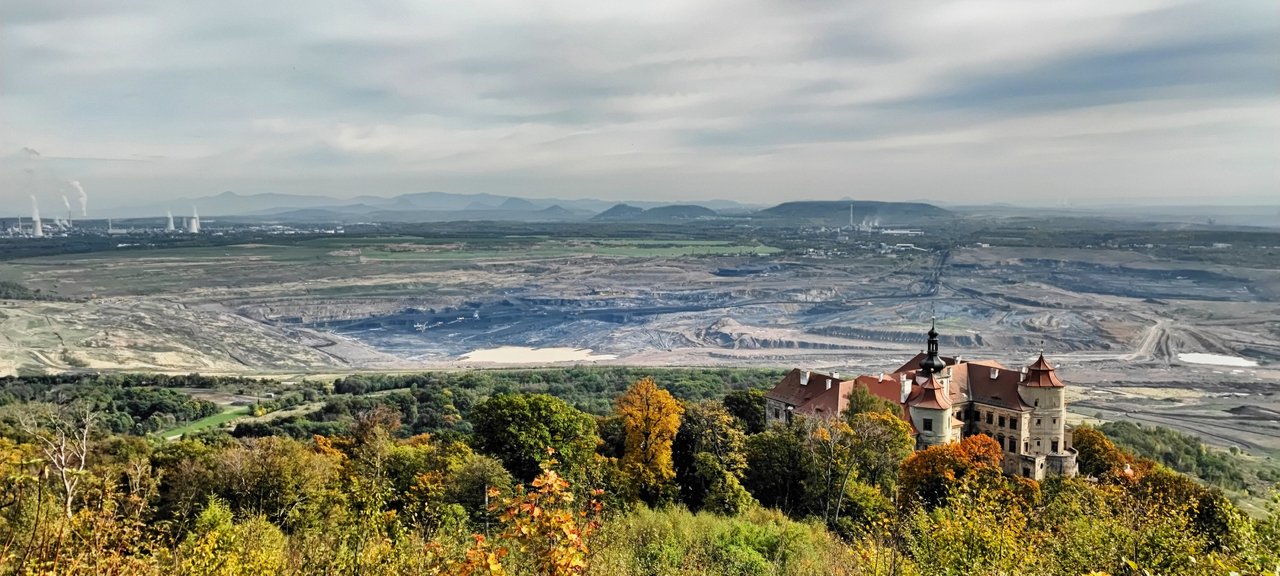 Every view is different
Every view is different
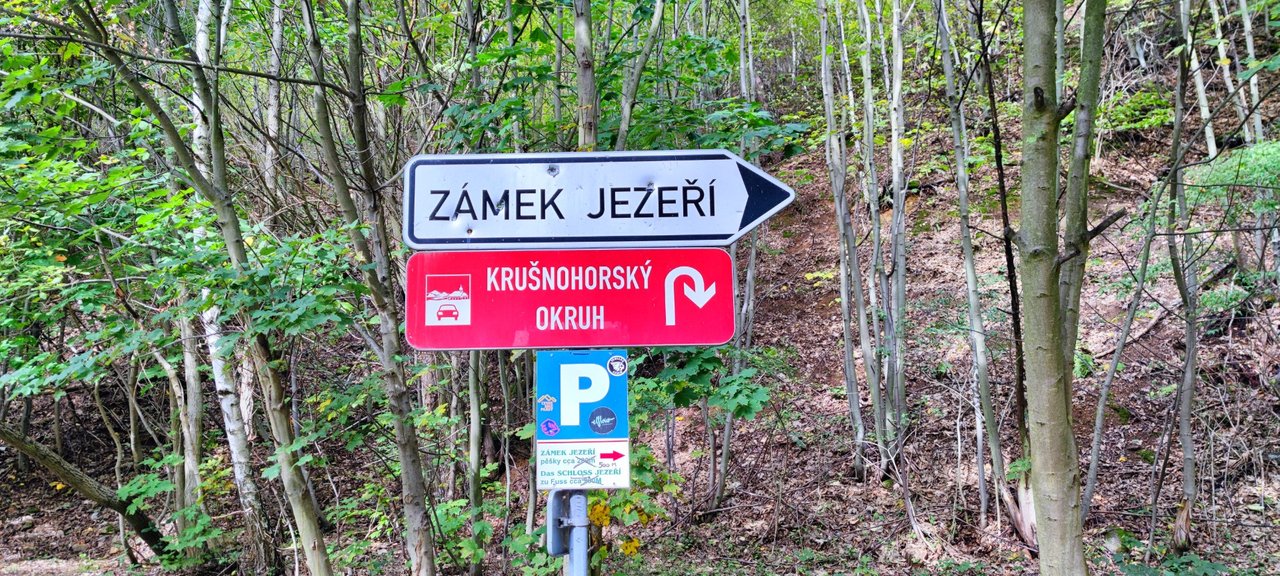 Zamek Jezeri
Zamek Jezeri
